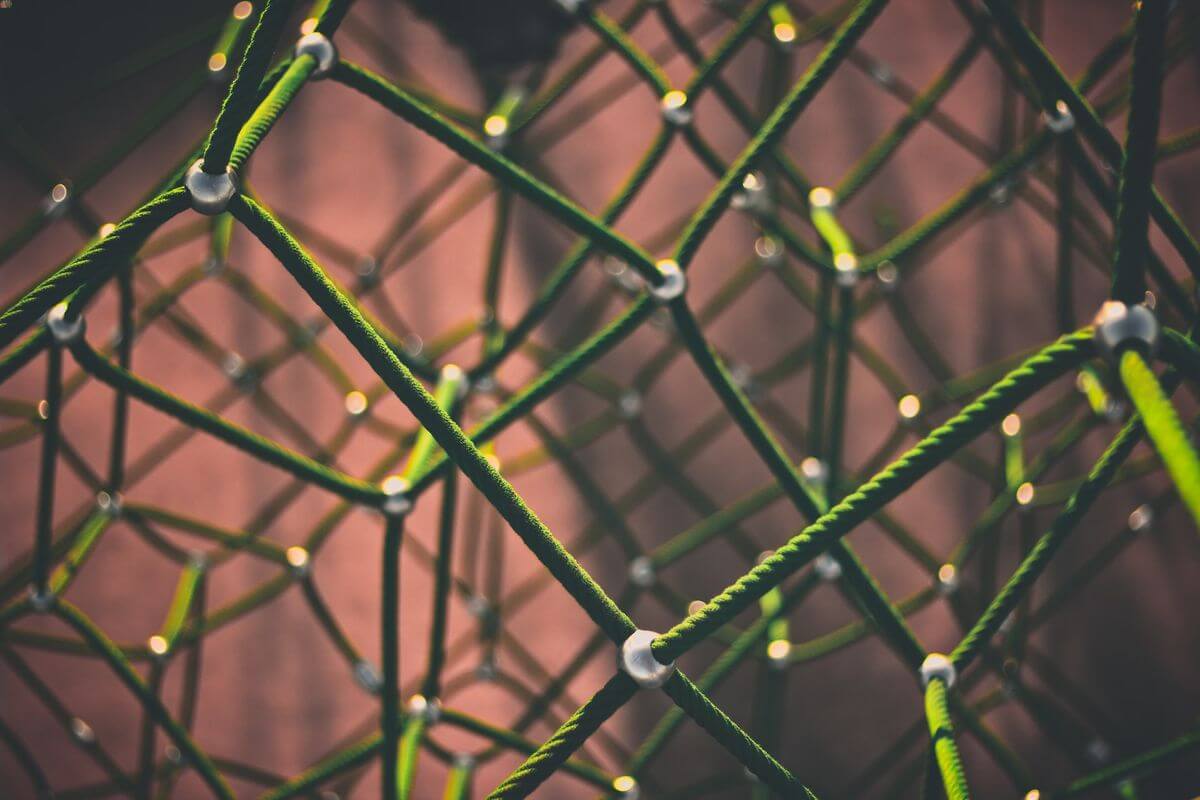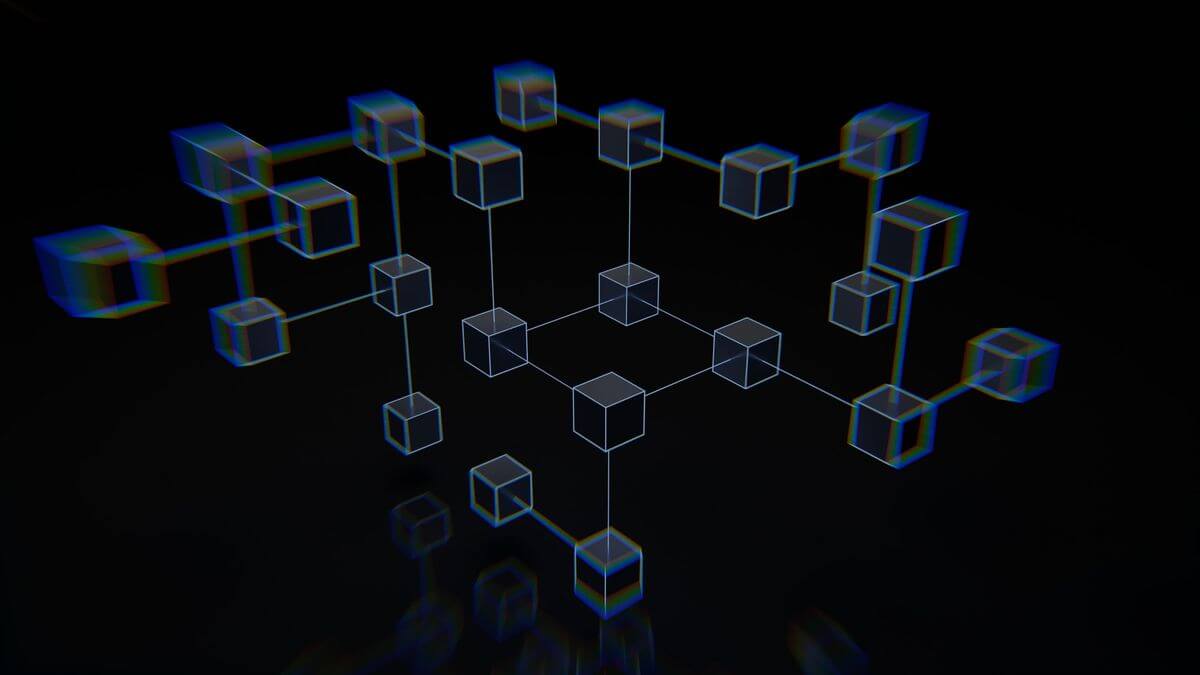There’s a whole host of advantages for developers looking to integrate blockchain technology into their games - just check out this blog to see what we mean. But if you’ve already put in the work to build a balanced and sustainable game economy, adding NFTs and other blockchain-based features can seem risky. But in fact, it could help generate additional revenue streams, enhance your monetization strategy, promote community engagement, and drive new users.
The key to success comes down to your approach - putting blockchain technology into your existing game should be done gradually and precisely to avoid wasting resources, harming the user experience, and cannibalizing the existing monetization strategy. Below, I discuss how to get your game on the blockchain quickly and easily so you can start taking advantage of this technology without harming your existing economy.
Use your game’s IP as collectible merchandise
Taking a unique character, feature, or item from your game and turning that into a collectible NFT is one approach that doesn’t require changing any part of your existing game design. These NFT collections are integrated as a layer on top of the app that’s entirely separate from gameplay.
Let’s say you built a puzzle game featuring a mythical creature as a main character. You can create an NFT collection of this character and gift it to VIP users (those that are very engaged with your game and have spent $X on IAPs or played for a certain number of days). You can also give it out as a reward in a tournament or to the top three players on your leaderboard, or sell it on the marketplace. As users collect these items, they feel that they’re a part of a loyalty club that incentivizes their engagement - the more they participate in your game, the more collectibles they earn. And by owning these NFTs, they have the power to interact with them in their wallets, like tracking their attributes, sending them to friends, and listing them for sale.
As users collect these items, they feel that they’re a part of a loyalty club that incentivizes their engagement - the more they participate in your game, the more collectibles they earn.
Implementing collectible NFTs also represents opportunities for community building. For example, you can allow players that own certain items to participate in special events - in or out of the game. Giving additional value to the holders of these NFTs in the form of launching special promotions, building dedicated social media channels, and producing content teasers before launching new game content entices them to keep collecting and enhances the feeling of community. You can even encourage users to trade between themselves to complete their collections, which creates more opportunity for interaction and connection.
Add a layer of customization to in-game assets with NFTs
An additional, non-intrusive way to introduce blockchain technology into your game deals with changing the appearance of assets in the app itself. You can design a set of NFT collections that allow users to customize the look of their character or environment. These changes don’t affect gameplay itself because they don’t provide the player with additional powers or advantages, but they do add a layer of personalization that can encourage greater engagement and retention.
Some games have already started including branded assets for avatars - like these Nike shoes and hoodie - that players can collect and use to customize their gameplay experience. But you can also include your own IP as NFTs, like a colorful weapon or accessory.
The player motivations for using these tokens will vary depending on whether your game is a multiplayer or single player game. In multiplayer games, players want to customize their character or other features to stand out from other users in the game - they want to feel unique. Compare that to single player games, where only one user sees the avatar. In this case, they’re doing it for their own satisfaction and enjoyment.
Using NFTs to let users customize their experience could improve engagement and create more monetization opportunities.
Both motivations are strong - no matter your game type, using NFTs to let users customize their experience could be very effective for improving engagement and creating more monetization opportunities.
Let users create and own their assets
User-generated content, or UGC, already has a large role in gaming. Roblox, one of the largest apps for supporting UGC, has over 115 MAUs that engage with over 2 billion hours of user-generated content per month - in fact, much of the gameplay itself is created by players. And in 2020, they unveiled a UGC Catalog to sell user-generated merchandise, like hats, T-shirts, and sunglasses. You can apply this same concept with blockchain technology and let users build in-game assets then mint them as NFTs. This is an especially good approach for games that already include a feature that lets users create and customize their avatars or other parts of the game.
Sandbox is already doing this by creating an entirely user-generated experience on the blockchain. They use a dedicated NFT editor that lets players design and mint everything from mini-games to avatars.
Incorporating user-generated NFTs into your game can tap into the collaborative nature of blockchain games and enhance the entire user experience.
Users enjoy the openness and collaborative nature of blockchain games - incorporating user-generated NFTs into your game can tap into this mindset and enhance their entire experience.
Start simple
You should explore integrating blockchain technology into your game little by little so you can see how your users engage with it and its impact on metrics like retention and ARPU. We recommend you start simple by exploring the opportunity of creating collectible merchandise and confirming if it fits with your game. Start by offering small collections and building a strategy around distribution, like giving them out as rewards or listing them for sale in the marketplace - then analyze performance to confirm a positive impact on KPIs. Then, you can add more NFTs to your collections and/or introduce the next layer of integration - adding a layer of customization to your game through the blockchain.
Continue to prioritize and provide genuinely entertaining gameplay. Use blockchain technology to build an exciting new layer on top of your existing game.
Here’s the big factor to keep in mind - continuing to prioritize and provide genuinely entertaining gameplay is key. Blockchain technology enables you to enhance the user experience and build an exciting new layer on top of your existing game. You can create a sustainable blockchain economy in the same way you’ve established an effective in-game economy - then together, those can help you maximize retention and revenue.
Let's put these tips to good use
Publish your game with Supersonic

